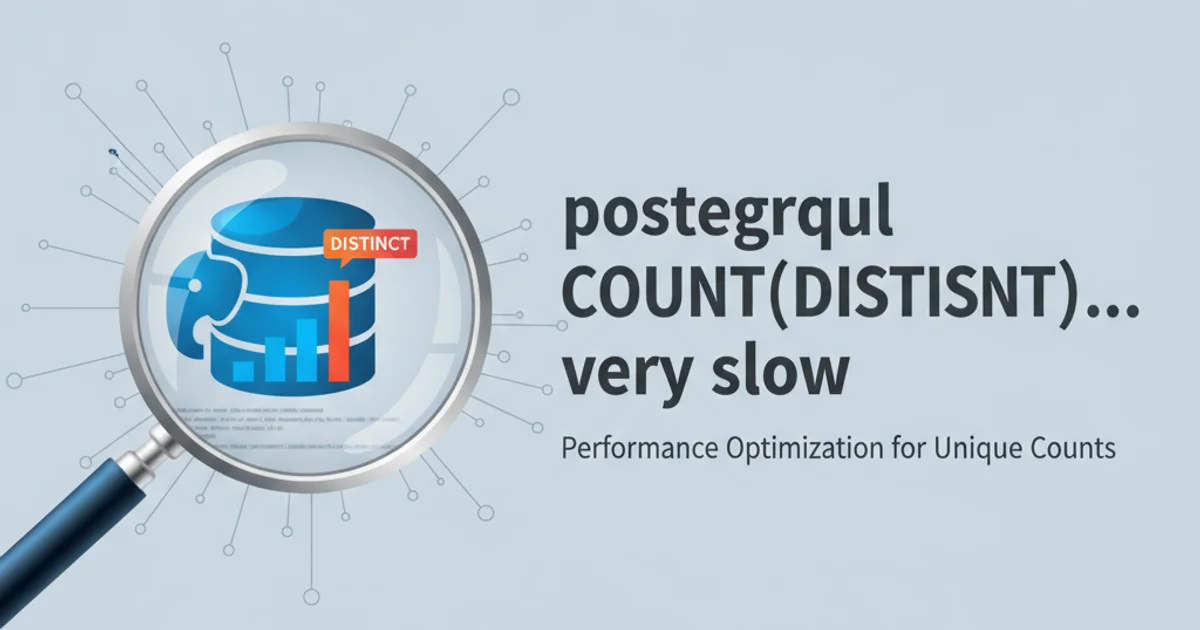How to create a git patch from the uncommitted changes in the current working directory without c...
Categories:
Creating a Git Patch from Uncommitted Changes

Learn how to generate a Git patch file directly from your current working directory's uncommitted changes, without needing to create a commit first. This is useful for sharing work in progress or reviewing changes.
Git patches are a powerful way to share changes between repositories or collaborate on code without necessarily pushing to a remote branch. While typically patches are generated from commits, there are scenarios where you need to create a patch from modifications that haven't been committed yet. This article will guide you through the process of generating a .patch file directly from your uncommitted changes in the working directory, allowing you to easily share or review your work in progress.
Understanding Git Diffs and Patches
Before diving into creating patches, it's essential to understand the underlying mechanism: Git's diff utility. A patch file is essentially a formatted diff that can be applied to another Git repository. When you make changes in your working directory, Git tracks these modifications. These changes exist in three main states: working directory (untracked or modified but not staged), staging area (staged for commit), and committed history. To create a patch from uncommitted changes, we need to generate a diff between your current working directory and the last committed state, or between your staged changes and the last commit.
flowchart TD
A[Working Directory] --> B{Modified Files}
B --> C{Staged Files}
C --> D[Local Repository (Committed)]
B -- "git diff" --> E["Unstaged Changes (Working Dir vs. Staging Area)"]
C -- "git diff --staged" --> F["Staged Changes (Staging Area vs. Last Commit)"]
B -- "git diff HEAD" --> G["All Uncommitted Changes (Working Dir vs. Last Commit)"]
G -- " > my_changes.patch" --> H[Patch File]Flow of Git changes and diff generation for patch creation.
Generating a Patch from Unstaged Changes
If you have modifications in your working directory that you haven't yet added to the staging area (i.e., you haven't run git add on them), you can create a patch directly from these unstaged changes. This is useful when you want to share only the very latest modifications without including anything you might have staged for a different purpose.
git diff > my_unstaged_changes.patch
Generates a patch file containing only unstaged changes.
This command compares your working directory with the staging area. Any differences found will be written to my_unstaged_changes.patch. If you have files that are modified in the working directory but also staged, this command will only include the differences between the working directory version and the staged version of those files.
Generating a Patch from Staged Changes
Sometimes, you might have already staged some changes using git add, but you're not ready to commit them yet. To create a patch specifically from these staged changes (i.e., the changes that are ready for the next commit), you can use the --staged (or --cached) flag with git diff.
git diff --staged > my_staged_changes.patch
Generates a patch file containing only staged changes.
This command compares the staging area with the HEAD commit (your last commit). The resulting my_staged_changes.patch file will contain all the changes you've added to the staging area since the last commit.
Generating a Patch from All Uncommitted Changes
The most common scenario when you want a patch from 'uncommitted changes' is to include all modifications in your working directory, whether they are staged or unstaged, relative to your last commit. This provides a comprehensive patch of your current work in progress.
git diff HEAD > my_all_uncommitted_changes.patch
Generates a patch file containing all uncommitted changes (staged and unstaged).
The HEAD reference points to the tip of your current branch. By comparing your working directory directly against HEAD, git diff captures all differences, including both staged and unstaged modifications. This is often the most useful command for sharing a complete snapshot of your current development state without committing.
-p or --patch flag to git diff to see the diff output directly in your terminal before redirecting it to a file. This allows you to review the changes that will be included in your patch.Applying a Patch File
Once you have a .patch file, you can apply it to another Git repository (or even your own, to revert changes or test). The git apply command is used for this purpose.
git apply my_changes.patch
Applies the changes from 'my_changes.patch' to the current working directory.
By default, git apply attempts to apply the patch to your working directory. If you want to apply it to the staging area directly, you can use git apply --cached. It's often a good practice to test a patch before applying it fully:
git apply --check my_changes.patch
Checks if a patch can be applied cleanly without actually applying it.